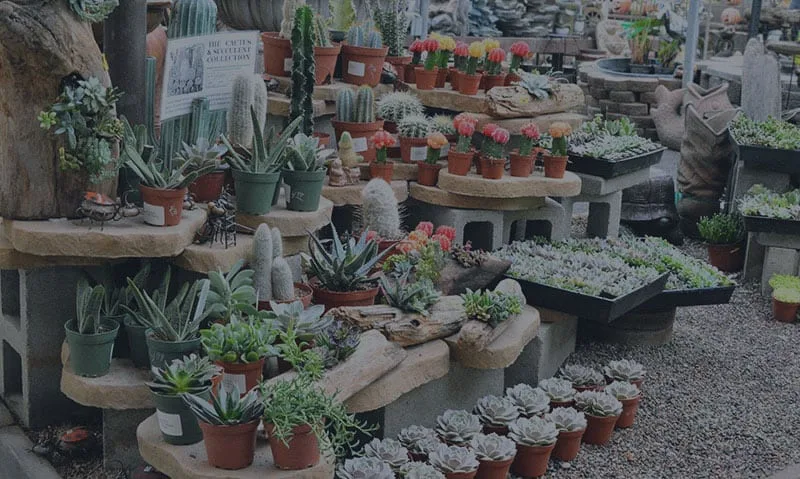Newsletter Articles
Winter Flowers for Pollinators – What to Grow
Written by David S.
Winter is a hard time for pollinators. While many may overwinter, some, like many species of bees, will continue to look for nectar and pollen. This blog goes over some of the plants that bloom in winter in Southern California and give you a few tips on caring for them. Planting flowers that bloom in winter is just one of the many ways that you can help pollinators survive their most challenging season.
What Flowers Bloom in Winter in Southern California?
1. Calendula — A lovely fall bloom into the first or so frosts of the year. They come in a variety of colors, with yellow and oranges being common. They can be a bright spot on a gloomy day.
Plant Care for Calendula
Sun: Full sun to partial shade. Calendula tends to do poorly in hot weather, which is one of the reasons they are so wonderful in fall and winter in Southern California.
Soil: Will grow in most soil types but will thrive in rich-loamy soil with plenty of organic matter.
Planting: Calendula is best grown in clumps or borders. They will be fine as a single plant, but for that dramatic burst of color, you want to plant them in groups—the larger the group, the more drama and color. Plant seeds or seedlings about five inches apart.
Calendula is excellent in pots, as border plants along a walkway, or in clumps on the edge of your flower beds. The vivid bright color will attract pollinators and add a lovely burst of color to your yard. As a bonus, calendula is an excellent plant that deters pests.
Sweet Alyssum — Spring, Fall, and Winter
In zone 10, you can enjoy sweet alyssum almost year-round. Their tiny blooms are a magnet for bees and other pollinators. If you are new to growing sweet alyssum, they are small plants that may reach only six inches in height. However, they are lovely in pots and come in a mix of white, purple, and even yellow colors.
Sun: Full sun is best. They can get a stem rot disease if the plants do not dry out, which is a problem if planted in the shade. In the hot Southern California summers, shaded areas are okay for Alyssum.
Soil: Alyssum needs well-draining soil. If you are planting them in a pot, add a few cups of Aggregate — sand, vermiculite, perlite, coconut coir to organic compost. You make a 50:50 mixture of potting soil and soil mix that is 75% compost and 25% aggregate.
Planting: Plant calendula 3-4 inches apart. They will spread as they grow and fill in gaps between plants. Sweet Alyssum is a beautiful plant for small pots or along the edge in mixed pots. It also grows well as a border plant along sidewalks and pathways. It has a lovely habit of spilling into an area, making it ideal for places where low-growing plants are a plus. If you love to design spilled containers, alyssum is an excellent choice for those sorts of dramatic flowerpot designs.
Pansy — A Bright Face in Winter
Pansy plants love a little cold weather and will do well in zones 9, 10, and even zone 11 during the winter months. When few other plants are blooming, pansies are reliable. They come in a fantastic variety of colors and offer a lovely array of bright colors on gloomy days.
Sun: Full-sun is what pansies love, especially in fall, winter, and early spring. You want to plant pansies about six weeks before your first frost date. Doing so allows the roots to become established. The plants will die back during freezing weather and then emerge again with blooms.
Soil: Pansies grow best in rich-loamy soil that offers plenty of nutrients but also drains well. A good goal for creating the best soil for pansies is to keep the soil evenly moist but never soggy. Aggregates are a vital ingredient in helping soil shed excess water.
Planting: Pansy plants take up about two square inches. Plant them two inches apart. Pansies are a great plant because of the vast variety of colorful blooms when placed in large clusters. Their roots take up a little over a tablespoon of soil area, so they are excellent plants in rock gardens, small cluster plantings, and borders. Their small stature makes them excellent for front-row seating in flower beds or as a go-to plant for filling small holes in containers or beds.
Two Products that Help Winter Flowers Thrive
Aggregates — are a group of materials that are essential for building well-draining soil. The group includes gravel, sand, vermiculite, perlite, coconut coir, and other materials. An excellent product for increasing the soil drainage in garden beds, flower beds, and containers is FoxFarm’s Cultivation Nation, a blend of 70:30 perlite and coconut coir. With Cultivation Nation, You gain a stable mix of ingredients that absorb water and help excess water drain away from plant roots. In addition, the coconut coir will decompose over time, adding nutrients to the soil. Healthy soil is light, airy, and full of nutrients. Adding Cultivation Nation to dense soils allows the microbes in the soil to increase their activity, which allows better nutrient development and increases aeration.
You can also use just an aggregate, such as perlite, sand, or vermiculite.
Mulch — is a top layer amendment for soil. In winter, mulch helps stop weed growth and provides a small amount of heat for plants and plant roots. The natural decomposition that occurs with mulch returns some nutrients to the soil, and as the mulch decomposes, it gives off heat. At Green Thumb Nursery, we stock a variety of different types of mulches and decorative mulches. Stop in and explore your options for mulch.
Other products that you might love include liquid fertilizers. Compost teas are an easy way to keep fertilizers on hand and allow you to mix up small batches. Liquid fertilizers are immediately available for plants. You can pair them with time-release fertilizers too.
As you get ready to winterize your yard, consider adding flowering plants that attract pollinators too. We encourage you to stop by any of our five Southern California locations and browse the extent of winter-blooming flowers and the products that support them. Also, be sure to chat with our plant experts, as they can help direct you to flowers that fit your project and products that support winter-blooming plants.
Do you like what you see? Sign up for our weekly newsletter to get content like this every week!


